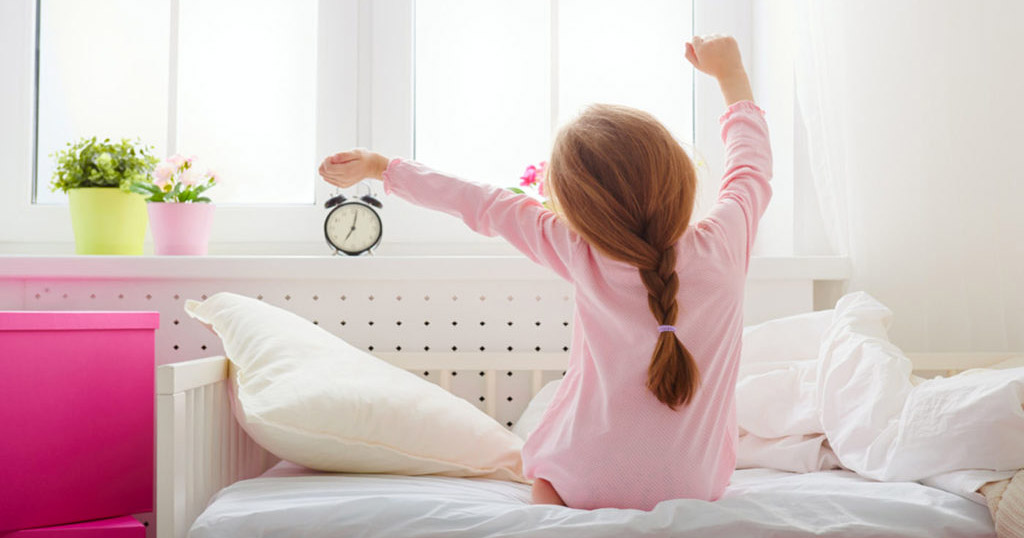Sleeping Tips for the Time Change
It’s that time of year again!
Turning the clocks back or forward often strikes fear into the hearts of parents struggling with their child’s sleep schedule. So what’s the best way to help our kids (and ourselves) deal with the time change?
When the clocks change in the fall and the spring, the body’s internal clock will adjust on its own, but there are a few ways we can help the process.
- Maintain a consistent sleep schedule: A consistent sleep schedule will help regulate the body’s sleep cycle. Go to sleep and wake up at the same time daily, even on weekends.
- Keep your child well-rested: Waking up between 5:30 and 7:00 a.m. is considered appropriate and normal. If your child is waking up earlier than this prior to the time change, this could be an indication that they are overtired. So keep an eye on your child’s routine and suggest regular naps and an age appropriate bedtime to ensure they are caught up on sleep.
- Adjust your child’s routine: To smooth the transition to the new clock time, begin to shift your child’s routine ahead in small increments during the week leading up to the time change in the Spring. You may decide to move ahead every day by 10 to 15 minutes, or make a change every second day to allow for a period of adjustment. To be most effective, it’s important to shift their whole routine forward, including meals and playtime. The same strategy applies when turning the clocks back; Start shifting your child’s routine by 10-15 minutes later than usual to make up for the time difference.
While you’re at it, it might be time to reset some sleeping habits.
Here are two ways to use this time change to make sure your child gets optimum rest:
- Adjust the temp: Make sure your child’s bedroom is the optimal temperature for a restful sleep (between 17 and 20 degrees).
- Clean your vents: Cleaning your vents will prevent allergies or a nightly sneeze attack triggered by dust, pollen or other particles.
Also, try to follow these sleep practices on a regular basis:
- Practise a relaxing bedtime ritual: Soft sheets, room-darkening shades and relative quiet can help your child differentiate between day and night, making it easier to fall asleep.
- Daily exercise: Kids need to be physically active, and research shows they sleep much more readily when they’ve had an hour to run around outside and breathe fresh air.
Does your child have sleeping disorders?
Changing time, feeling the change in temperature and adjusting habits are some of the factors that can cause sleeping disruptions in children. The most common disorders include patterns of refusing to get into bed, not settling into sleep, waking up at night, and/or simply not getting enough sleep. When sleeping disorders occur regularly, they can provoke irritability during the day and can negatively affect the child’s development.
Quietude relieves mild sleeping disorders (occasional sleeplessness, nightmares and night terrors) as well as restlessness and irritability associated with nervousness in children 6 months to 11 years of age. Available in pre-measured, sterile & drinkable unit-doses, Quietude is very easy to administer. And you can sleep easy knowing it’s non-habit forming.
If symptoms persist or worsen for more than 10 days, consult a health care practitioner.
This homeopathic medicine may not be right for everyone. Always read and follow the label.

Subscribe and get 15% off
your next purchase of homeopathic medicine at regular price on Boiron shop.
Sign up for our newsletter to receive healthy tips and special offers!


